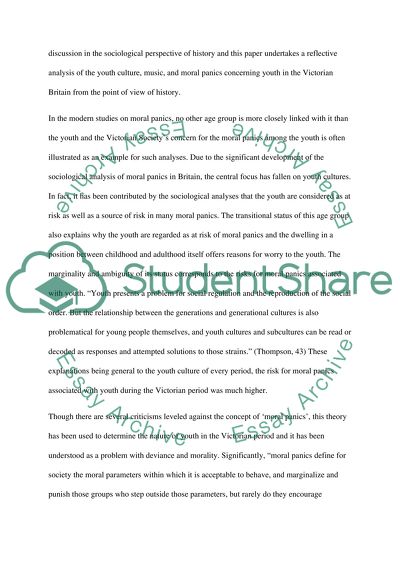Cite this document
(The True Nature of the Victorian Society Assignment, n.d.)
The True Nature of the Victorian Society Assignment. Retrieved from https://studentshare.org/sociology/1553212-what-do-moral-panics-concerning-youth-tell-us-about-victorian-society
The True Nature of the Victorian Society Assignment. Retrieved from https://studentshare.org/sociology/1553212-what-do-moral-panics-concerning-youth-tell-us-about-victorian-society
(The True Nature of the Victorian Society Assignment)
The True Nature of the Victorian Society Assignment. https://studentshare.org/sociology/1553212-what-do-moral-panics-concerning-youth-tell-us-about-victorian-society.
The True Nature of the Victorian Society Assignment. https://studentshare.org/sociology/1553212-what-do-moral-panics-concerning-youth-tell-us-about-victorian-society.
“The True Nature of the Victorian Society Assignment”. https://studentshare.org/sociology/1553212-what-do-moral-panics-concerning-youth-tell-us-about-victorian-society.


